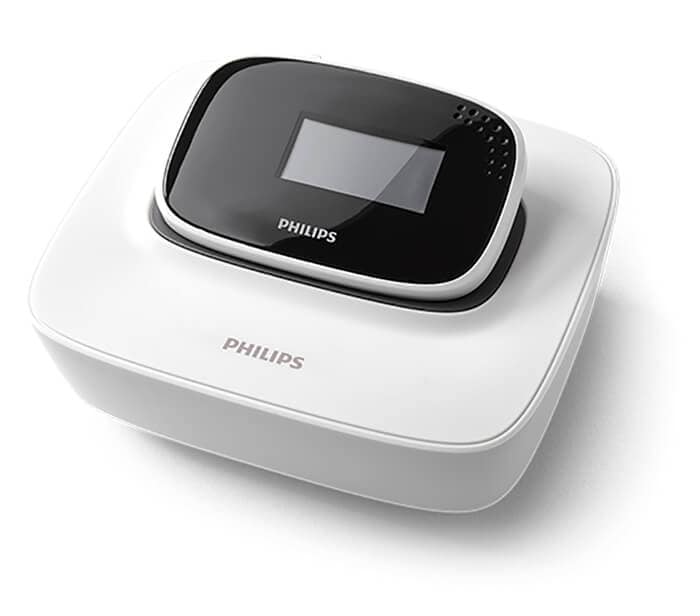
NightBalance support
Philips Respironics discontinued sales of NightBalance in September 2023 but will support existing devices until May 2027.

Philips Respironics discontinued sales of NightBalance in September 2023 but will support existing devices until May 2027.
You are now exiting the Philips United States (US) site and entering the Philips global site. This content is intended for a global audience. It may not apply to the US and should not be interpreted as meeting US standards, executive orders or regulations.
Continue